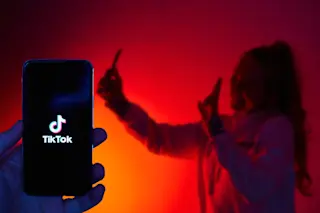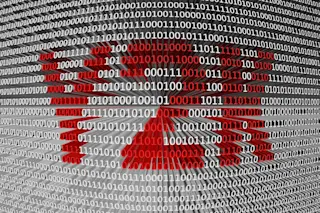In 1974 two researchers, Mark Ratner of Northwestern University and Ari Aviram of IBM, had a wild vision. They imagined a day when computers would use individual molecules to perform digital calculations, yielding machines of breathtaking capability. That day is near: Two groups of researchers have just developed the first practical logic circuits whose components have been shrunk to the size of molecules.
No matter how they're constructed, computer circuits work by guiding electricity through a sequence of on-off amplifiers, or transistors. Charles Lieber, a chemist at Harvard, downsized the transistor, using silicon or gallium nitride wires just 10 atoms thick. He and his collaborators created a grooved template that forms little tunnels when placed on a flat surface. Then they forced a liquid containing the silicon wires to run through those tunnels. "Like logs in a river, the wires line up in the flow," Lieber says. Finally, the researchers ...














